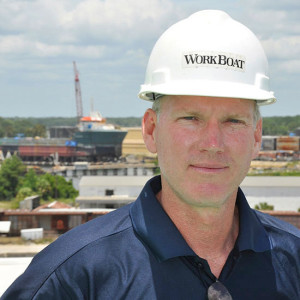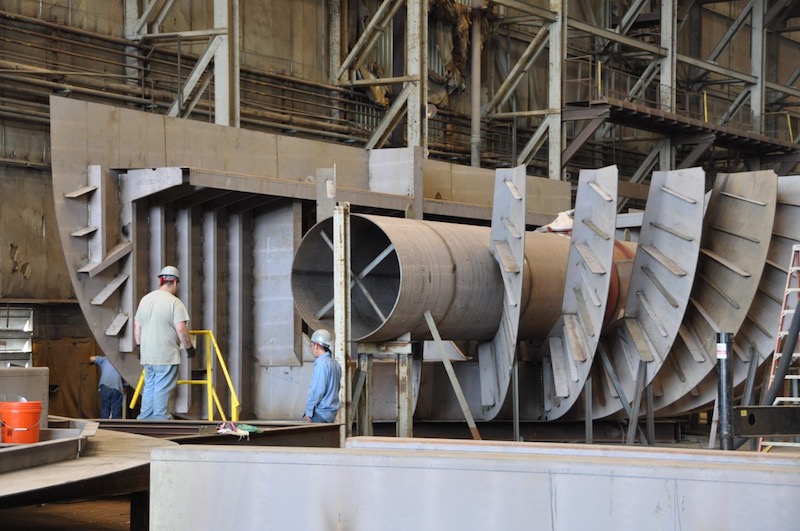At yesterday's Society of Naval Architects and Marine Engineers (SNAME) Annual Meeting and Expo in Houston, the head of the American Bureau of Shipping discussed the maritime industry’s "new norm," which is characterized by sweeping and disruptive changes in technology, skill sets and leadership.
Christopher J. Wiernicki, chairman, president and CEO of ABS, said in his keynote address at SNAME that the new normal means rapid and impactful change. "It’s no longer business as usual,” Wiernicki said. “Our new normal is data intensive, and drives us to more condition-based, continuous, risk-based and cyber-influenced decision-making.”
Wiernicki outlined four key industry trends that will shape the next generation of naval architects and marine engineers to be more like aerospace or automotive innovators, being capable of engineering, design thinking and having a convergent mindset.
First, he said, the world economy and population is "continuing to grow every year." The population growth will "fuel more labor resources, develop new technologies and increase trade." Second is societal and regulatory pressures that will force the industry to "operate cleaner and be more transparent." Third, the "center of our global gravity is shifting east," Wiernicki said. "All roads are leading to China." Fourth is technology. "By this I mean new technology as well as the rapid rate of change for technologies being developed and adapted are quickly propelling us into the heart of the fourth industrial revolution."
He also described the industry’s progression toward autonomy and the regulatory framework requirements to recognize both technical and cultural challenges.
“Our future will be shaped by new technologies and the rate of technology change, new mindsets and skill sets, new expectations and regulations that are more risk based and performance based, and a new balance between data-driven and experience-driven decision-making,” Wiernicki said.
"The next five years, I believe, will bring turbulence and change. In fact it will shake out our industry and set the course for the next 20 years and beyond."




